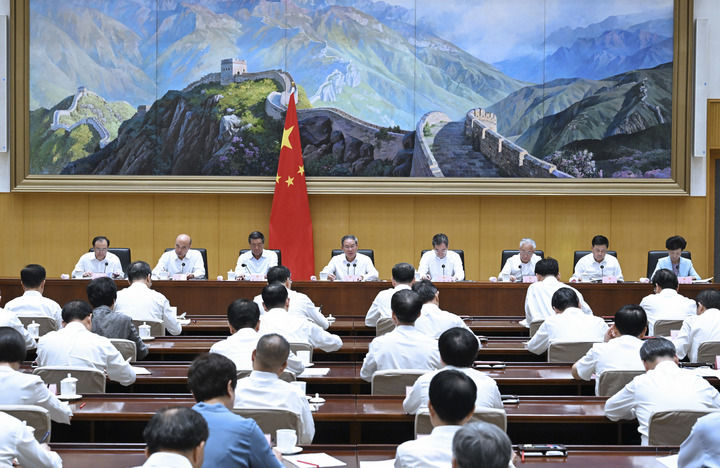中文标题:中部后发山地地区人口城镇化发展模式探究——以宜昌市秭归县为例
英文标题:Study on the Population Urbanization Model in Less-developed Mountainous Areas in Central China: A Case Study of Zigui, Yichang
作者信息
李玉双 华中科技大学建筑与城市规划学院硕士研究生
聂晶鑫 华中科技大学建筑与城市规划学院博士研究生
孙双辉 湖北省城市规划设计研究院规划四院副总工程师
刘合林 华中科技大学建筑与城市规划学院教授(通讯作者)
摘要 在高质量发展的总体要求下,山地城镇等传统边缘地区高品质城镇化发展显得尤为重要。本文以我国中部的宜昌市秭归县为例,对其人口城镇化的现状特征、问题、模式进行分析,结合新型城镇化发展要求,探究了山地城镇人口城镇化发展的新模式。研究发现,受自然条件、经济水平、产业结构等的影响,山地城镇的人口城镇化存在劳动力外流严重、发展质量不高等突出问题,呈现出与发达地区所不同的非工业化驱动人口城镇化的模式。研究认为,面向高质量发展要求,山地城镇应采取“产业—公服”耦合驱动的新型人口城镇化模式,并以特色产业、公共服务设施质量及覆盖度等方面为抓手,促进该城镇化模式的发展。
关键词 高质量发展;人口城镇化;山地城镇;发展模式;中部
Abstract With the goal of high-quality development, urbanization in the periphery areas such as the mountainous towns in central China is particularly important. This paper takes Zigui County in Yichang City in central China as an example to analyze the current characteristics, problems and patterns of the population urbanization, and explores the new population urbanization model that has been adopted in Zigui in the context of new urbanization. The study found that, constrained by local natural conditions, economic development level, and industrial structure, Zigui as a mountainous town faces pressing problems such as serious labor outflow and low development quality during its population urbanization. In addition, it has undergone a non-industrialization-driven population urbanization model which differs from that the developed regions had experienced. The study concludes that mountainous towns like Zigui need to adopt a new model of population urbanization that is driven by the coupled force generated by industry and public service, which can be well implemented by developing characteristic industries, improve the quality and coverage of public service facilities.
Keywords high-quality development; population urbanization; mountainous areas; development model; Central China
来源:《城乡规划》2021 NO.5


李强主持召开国务院第九次全体会议强调 巩固拓展经济回升向好势头 努力完成全年经济社会发展目标任务... [详细]

2024年2月1日,中国城市规划协会向国家知识产权局推荐来自3家会员单位的发明专利参评第二十五届中国专... [详细]